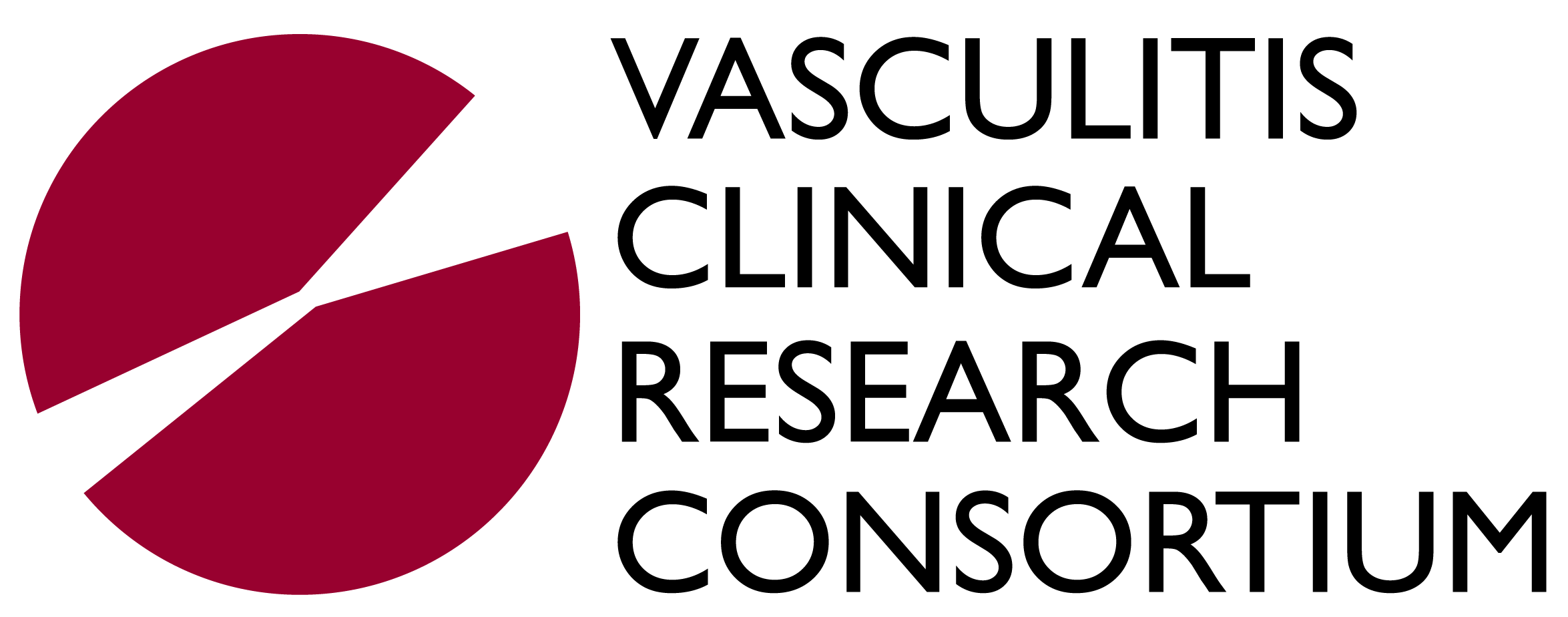The Rare Diseases Clinical Research Network (RDCRN) and the Clinical and Translational Science Awards (CTSA) programs co-sponsored the 2nd Conference on Clinical Research for Rare Diseases (CCRRD) which was held in September 2010 in Bethesda, Maryland. The Conference was again planned and organized by Dr. Peter Merkel of the Boston University School of Medicine. This unique conference focused on research methodology for rare diseases and with a particular emphasis on helpful information for trainees and junior faculty engaged in such research.
2nd Conference on Clinical Research for Rare Diseases
Introducing Spotlight on Rare Diseases
Welcome to the inaugural issue of Spotlight on Rare Diseases. This eNewsletter highlights the mission and dynamism of the NIH Rare Diseases Clinical Research Network (RDCRN). The RDCRN comprises 19 Consortia, each focused on a series of related rare diseases within a specific medical discipline. These Consortia involve 200 US and foreign centers. Thus, outreach to patients with these rare diseases covers a broad geographic area.
Message from Alan Percy, RDCRN Steering Committee Chair
As we enter year two of the current Rare Diseases Clinical Research Network, a number of important accomplishments should be emphasized. First, the inaugural issue of Spotlight on Rare Diseases under David Robertson's editorship is an opportunity to highlight our individual and collective progress, underscore the importance of rare diseases research, and emphasize the collaborative efforts of this Network of widely diverse disorders.
The NIH Rare Diseases Clinical Research Network (RDCRN) Doubles in Size
The NIH Rare Diseases Clinical Research Network (RDCRN) comprises 19 consortia involving some 80 investigators at over 70 academic institutions. This program and its Data Management Coordinating Center (DMCC) are receiving an aggregate total of $117 million over five years. The research conducted with the new funding will explore the natural history, epidemiology, diagnosis, and treatment of more than 95 rare diseases.
President Signs "Improving Access to Clinical Trials Act" into law
On Oct. 15, 2010, President Obama signed the "Improving Access to Clinical Trials Law". This was legislation championed by over 120 health advocacy organizations. It will enable patients with rare diseases to participate in clinical trials without losing eligibility for public healthcare benefits.
IOM Report to Accelerate Rare Diseases Research
The estimated 7000 rare diseases collectively affect 25-30 million Americans of all ages. Many are life threatening or fatal. Because each rare disease affects a relatively small population, it can be challenging to develop drugs and medical devices to prevent, diagnose, and treat these conditions. To help in accelerating rare diseases research and product development, the NIH, the ORDR, and the FDA asked the IOM (Institute of Medicine) to examine the opportunities for, and obstacles in developing drugs and medical devices for treating rare diseases.
Precision Medicine approach to Nephrotic Syndrome
The Nephrotic Syndrome Study Network (NEPTUNE) is a collaborative investigational infrastructure of 23 sites across North America for conducting clinical and translational research on a group of rare kidney diseases presenting as Nephrotic Syndrome: Focal and Segmental Glomerular Sclerosis (FSGS), Minimal Change Disease (MCD), and Membranous Nephropathy (MN). Currently, the clinical classification of nephrotic syndrome relies primarily on descriptive conventional histopathology.
Perspectives on Rare Disease Research – An interview with Dr. Tiina Urv, the ORDR Program Director for the RDCRN
Dr. Sahin: How has your past career prepared you for this position?
Dr. Urv: Prior to coming to the NIH, I worked first at the New York State Institute for Basic Research in Developmental Disabilities (IBR), and at the University of Massachusetts Medical School. My education focused on intellectual and developmental disabilities. My own research background and interest before I came to the NIH was Alzheimer’s Disease in individuals with Down syndrome.
CTSA Consortium to Enhance Support of Rare Diseases Research

Investigating shared molecular targets between ANCA-associated vasculitis (AAV) and nephrotic syndrome (NS)
The National Center for Advancing Translational Sciences (NCATS) at NIH is keenly interested in seeing more research studying rare diseases in which efforts and expertise are pooled across research groups and diseases to identify commonalities and shared targetable mechanisms. The intention is that such collaboration will increase efficiency and capacity in the development of new therapies compared to traditional approaches that focus within a single disease.
Pagination
- Page 1
- Next page

